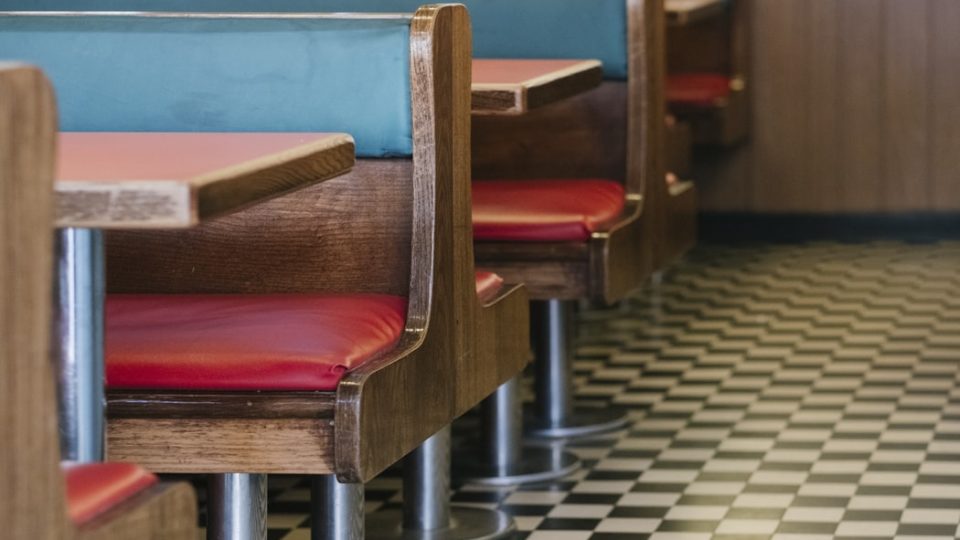Ever had mixed feelings about things that were once a clear-cut good thing? Here’s one example.
Dine-in options in restaurants will now be allowed in areas placed under the modified general community quarantine (MGCQ), Presidential spokesman Harry Roque said today in a virtual press briefing.
But don’t celebrate just yet. Roque said that restaurants have to follow several health measures, including accommodating only half of their usual number of diners.
“We have allowed dine-in options, but this doesn’t mean that people [are allowed] to go on a fiesta and binge-drinking session. Right now dine-ins are only for areas under MGCQ,” he said in English and Filipino.
Roque said that the government’s anti-coronavirus task force has already approved the planned reopening of restaurants, ahead of the release of a memorandum from the Department of Trade and Industry (DTI).
“In areas under modified general community quarantine, dine-in areas are allowed to operate at 50% capacity, starting June 1, 2020,” he said.
“But for areas under GCQ, please wait for announcements on [the] reopening [of restaurants]. We are still waiting if it’s possible to have dine-in options in GCQ areas,” Roque added.
Read: Metro Manila put under general community quarantine despite spike of COVID-19 cases
“Minimum public health standards protocol” will be implemented in restaurants and other similar establishments, said Roque. These include rules that require employees to stand at least one meter away from diners. Tables and door handles in said eating spots also have to be regularly sanitized.
Dining joints also have to provide small trays that will be used for accepting cash payments, while the use of credit cards, debit cards, and online transactions are also encouraged. Both customers and servers have to sanitize their hands before and after handling food and cash.
Buffet areas, condiment sections, and places where utensils are displayed have to be closed. Kids’ play areas, which are often present in fast food restaurants like Jollibee, have to remain shuttered. There should be separate areas where customers can order take-aways, while handwashing sinks have to be provided for diners and employees.
Businesses may be shut down if they fail to follow the guidelines set by the government, and the DTI will send representatives to check if restaurants are meeting their regulations, warned Roque.
Despite the absence of mass testing and the continued rise of COVID-19 cases in the country, quarantine rules were eased in Metro Manila and other “high-risk” areas earlier this week, with some industries partially reopening. Apart from the metro, Cagayan Valley, Central Luzon, Calabarzon, Pangasinan, Albay, and Davao City were put under GCQ. The rest of the country are under MGCQ, the lowest form of quarantine enforced by the government.
 Photo: Lee Cartledge / Unsplash" width="100%" />
Photo: Lee Cartledge / Unsplash" width="100%" />


